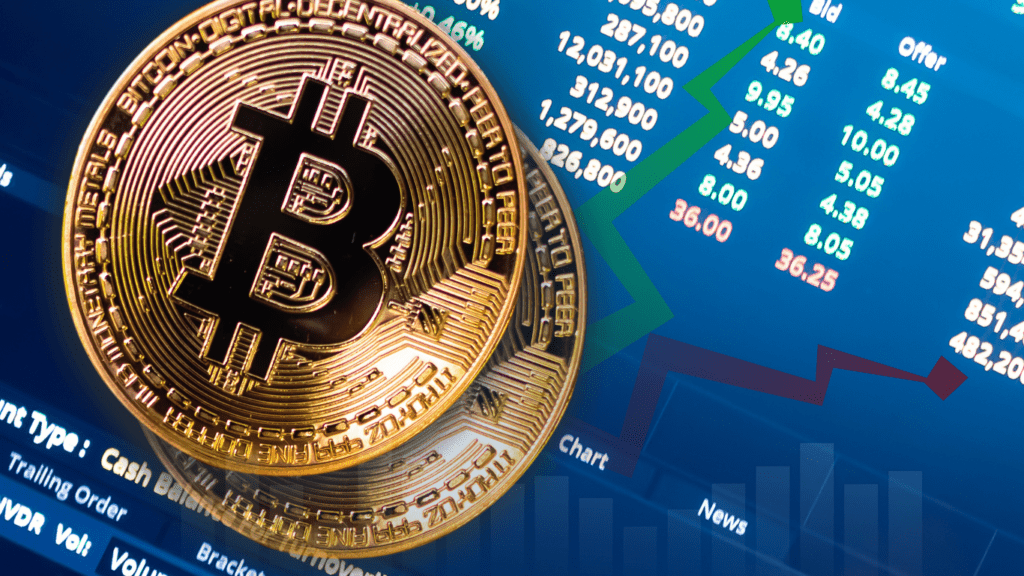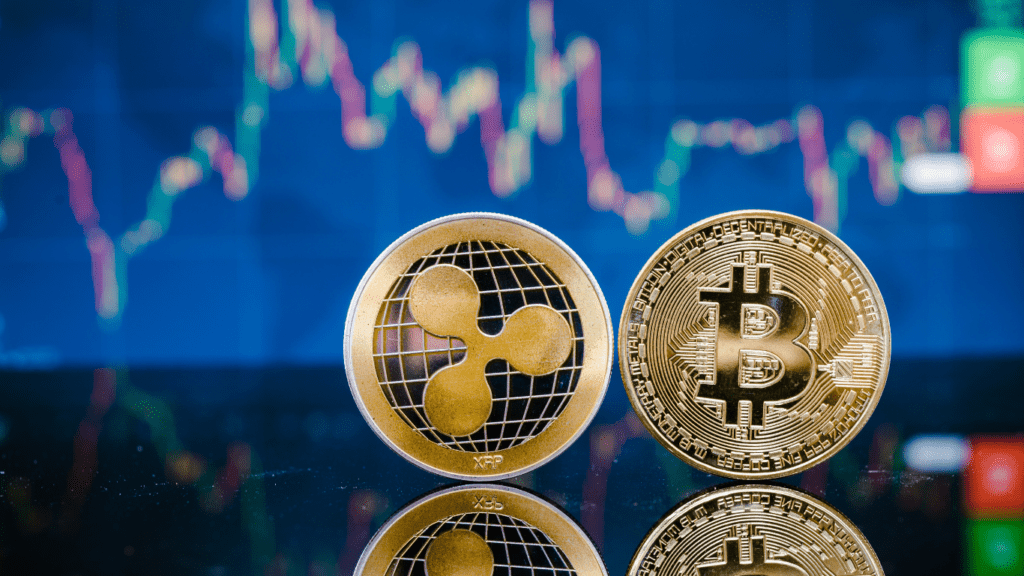Cryptocurrency prices often feel like a rollercoaster ride, don’t they? One moment, they’re soaring to new heights, and the next, they’re plunging unexpectedly. While it’s easy to blame market volatility, global economic events play a massive role in shaping these dramatic shifts. From interest rate decisions to geopolitical tensions, the crypto market reacts swiftly to changes in the global landscape.
Understanding The Relationship Between Global Events And Crypto Prices
- Cryptocurrencies are sensitive to various global economic factors. Events like central bank interest rate hikes, inflation reports, or trade disruptions can influence market sentiment. When interest rates increase, for instance, investors often shift funds towards traditional assets, reducing demand for cryptocurrencies.
- Geopolitical tensions also impact crypto markets. Conflicts or sanctions can create uncertainty in traditional financial markets, pushing some investors to seek decentralized assets like Bitcoin. However, prolonged instability can also lead to decreased liquidity, causing price declines.
- Regulatory changes directly affect crypto prices. Updates on cryptocurrency bans or taxation policies typically lead to sharp market reactions. For instance, announcements of stricter regulations in large markets, such as China or the US, have previously led to significant price drops.
- Global currency fluctuations play a role as well. When fiat currencies weaken against the US dollar, interest in cryptocurrency often rises, as traders look for alternatives to hedge against currency devaluation. Conversely, a strong dollar can reduce crypto demand.
- Understanding these dynamics helps decode price patterns and market trends. This knowledge enables me to assess how global developments ripple through crypto markets, affecting investment opportunities.
Major Global Economic Events Impacting Crypto Prices
Cryptocurrency prices often fluctuate in response to significant global economic events. These events shape investor sentiment, influencing buying and selling behavior in crypto markets.
Central Bank Policies And Interest Rate Decisions
Actions by central banks significantly affect crypto prices. When interest rates increase, traditional assets like bonds often become more appealing, causing crypto demand to drop. For example, in 2022, Federal Reserve rate hikes led to a substantial pullback in crypto investments as capital shifted to less volatile options. Conversely, rate cuts typically boost interest in cryptocurrencies as they become a sought-after alternative to low-yield instruments.
Inflation Rates And Their Influence
High inflation often drives interest in cryptocurrencies as protective assets. Bitcoin, in particular, is perceived by many as a hedge against currency devaluation during inflationary periods. For instance, during record inflation spikes in 2021, Bitcoin experienced higher demand, correlating with concerns over weaker fiat currencies. However, extreme inflation causing economic instability can strain liquidity, leading to reduced trading activity.
Global Financial Crises And Market Turmoil
Financial crises often create mixed impacts on cryptocurrencies. Panic during crises can lead investors to liquidate assets, including cryptocurrencies, causing prices to drop. For example, during the early 2020 pandemic turmoil, Bitcoin initially dropped over 50% as markets adjusted to global uncertainty. However, recovery phases often fuel renewed interest in decentralized assets, as seen later in 2020 when Bitcoin surged following stimulus measures and increased adoption narratives.
Geopolitical Events Shaping The Crypto Market

Geopolitical events exert a significant influence on cryptocurrency prices by altering investor sentiment and market dynamics. Tensions, policy changes, and economic disruptions often redirect capital flows, making cryptocurrencies susceptible to these shifts.
Trade Wars And Economic Sanctions
Trade wars and economic sanctions impact cryptocurrency markets by disrupting global trade and financial systems. When nations impose tariffs or sanctions, traditional markets often experience instability, driving some investors toward decentralized assets like Bitcoin and Ethereum. For example, the U.S.-China trade war led to market uncertainty, pushing demand for cryptocurrencies as a hedge against fiat currency depreciation and supply chain disruptions. However, sanctions restricting crypto transactions or mining activities can reduce adoption and suppress market growth.
Political Instability And Regulatory Changes
Political instability influences crypto markets by increasing uncertainty in traditional economies. Periods of unrest, such as elections or geopolitical conflicts, drive some investors to seek refuge in decentralized assets due to concerns about currency devaluation or capital controls. For instance, protests in economies reliant on unstable fiat currencies often align with rising local Bitcoin demand.
Regulatory changes also create sharp market reactions. Positive developments, like the legalization of cryptocurrencies or clear taxation frameworks, encourage investment. Conversely, bans, restrictions on exchanges, or strict compliance measures deter market participation. China’s crackdown on crypto mining in 2021 caused significant Bitcoin price drops, showcasing the impact of stringent regulations.
Technological Advancements And Market Trends
Technological innovation and global market trends play a critical role in shaping cryptocurrency prices. Shifts in adoption rates, advancements in blockchain, and evolving market patterns directly influence investor behavior and asset valuation.
Role Of Crypto Adoption In Global Financial Systems
Increased cryptocurrency adoption impacts both traditional financial systems and crypto markets. Countries integrating blockchain technology into banking systems validate cryptocurrencies as legitimate financial tools, boosting confidence among investors. For example, El Salvador’s adoption of Bitcoin as legal tender contributed to a temporary surge in BTC demand.
Institutional adoption also significantly affects prices. Major corporations, such as:
- Tesla
- MicroStrategy
purchasing Bitcoin often trigger price hikes due to heightened visibility and increased demand. Payment processors integrating crypto, like Visa enabling stablecoin settlements, further promote mainstream adoption, leading to increased transaction activity and upward price movements.
Emerging Market Trends And Impacts On Prices
Emerging market trends such as decentralized finance (DeFi), non-fungible tokens (NFTs), and blockchain scalability projects create substantial price shifts. The rise of DeFi protocols like Uniswap and Aave increases liquidity in crypto markets, encouraging broader participation and driving up token valuations. Similarly, demand surges in NFTs contributed to Ethereum’s 2021 price rally, illustrating how niche interests can affect major cryptocurrencies.
Scalability-focused projects, including Ethereum 2.0 upgrades and Lightning Network implementations, enhance network efficiency and scalability, attracting investors seeking reliable platforms. Trends in green mining practices, like Bitcoin mining using renewable energy, positively influence investor perception, balancing environmental concerns and supporting long-term growth in market value.


 Blockchain Tech Contributor
Blockchain Tech Contributor

